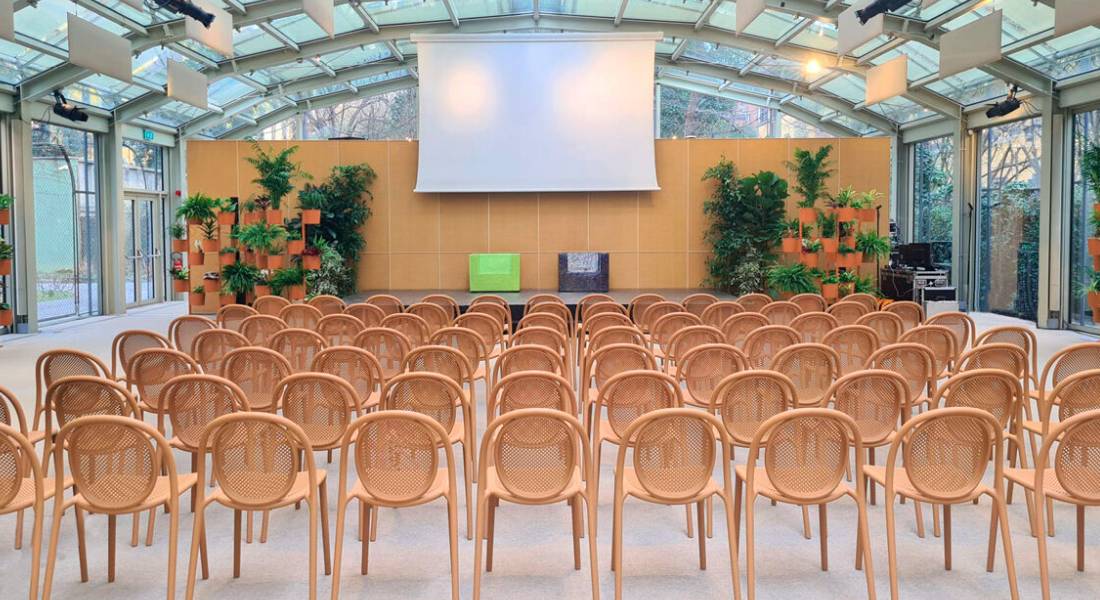
Mocha Mousse: Trend or Classic in Corporate Architecture?
Discover how Mocha Mousse, Pantone’s Color of the Year 2025, is influencing corporate architecture and learn how to apply it in modern offices.

Discover how Mocha Mousse, Pantone’s Color of the Year 2025, is influencing corporate architecture and learn how to apply it in modern offices.

Explore Carsten Höller’s Vitra Tower, where art and architecture meet in an interactive experience at the Vitra Campus.
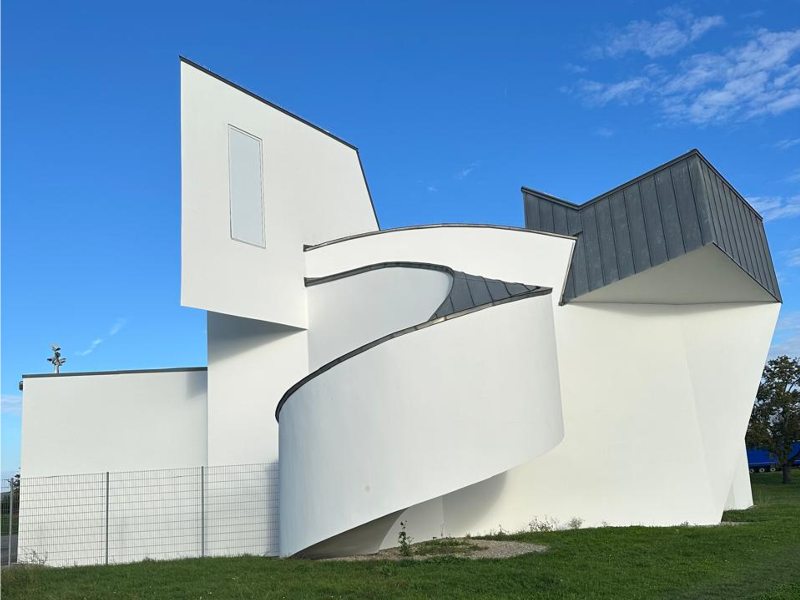
The Vitra Design Museum, located on the Vitra campus in Weil am Rhein, Germany, is more than just a design museum; it’s an architectural masterpiece created by acclaimed architect Frank Gehry.
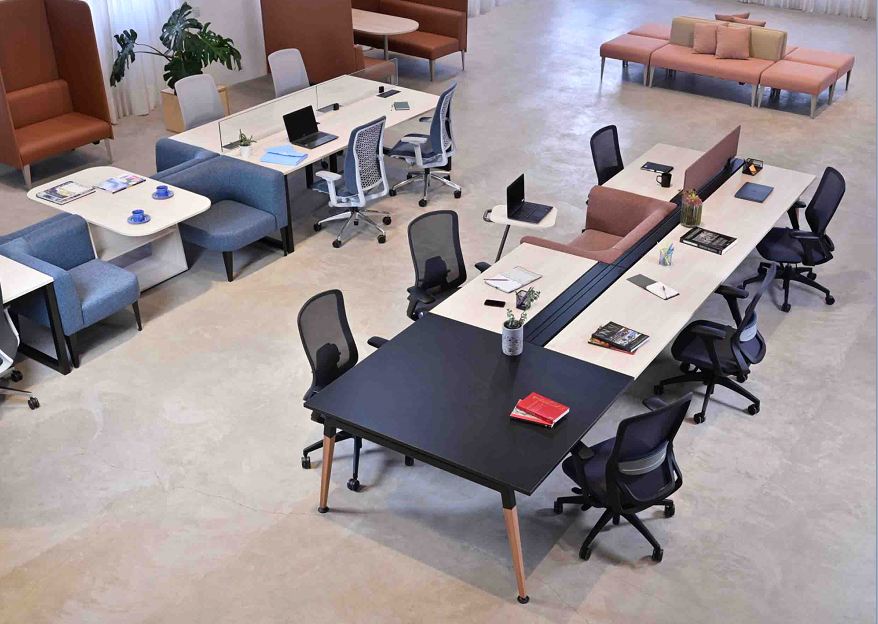
Elevate the perception of value in your office architecture projects with innovations in ergonomics, ergonomic furniture, and sustainable trends.
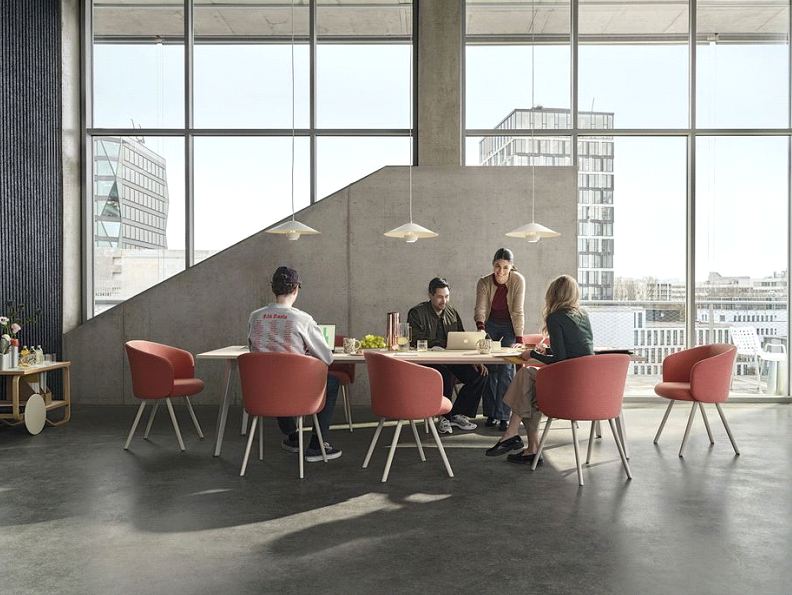
With technology facilitating remote and hybrid work, a new need has emerged: creating work environments that maximize comfort, ergonomics, and, most importantly, productivity.
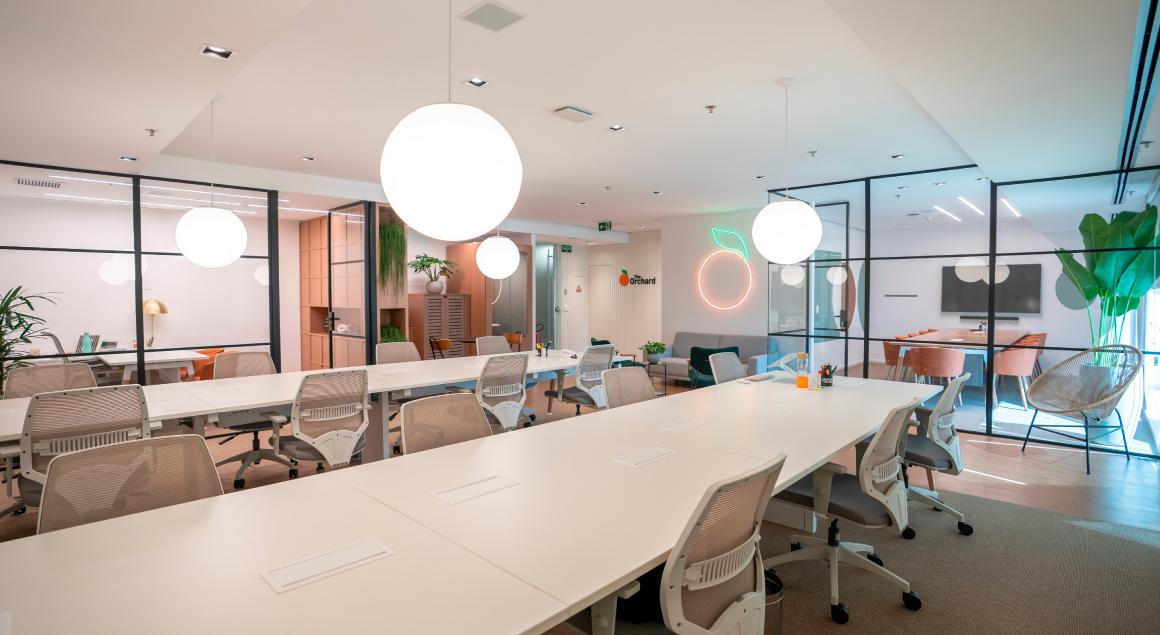
Branding in architecture is a powerful strategy for transforming corporate spaces into physical representations of a brand’s identity. Acting as visual translators, architects and interior designers have the mission of creating environments that not only meet functional needs but also create emotional connections, awaken emotions and positively influence brand perception.
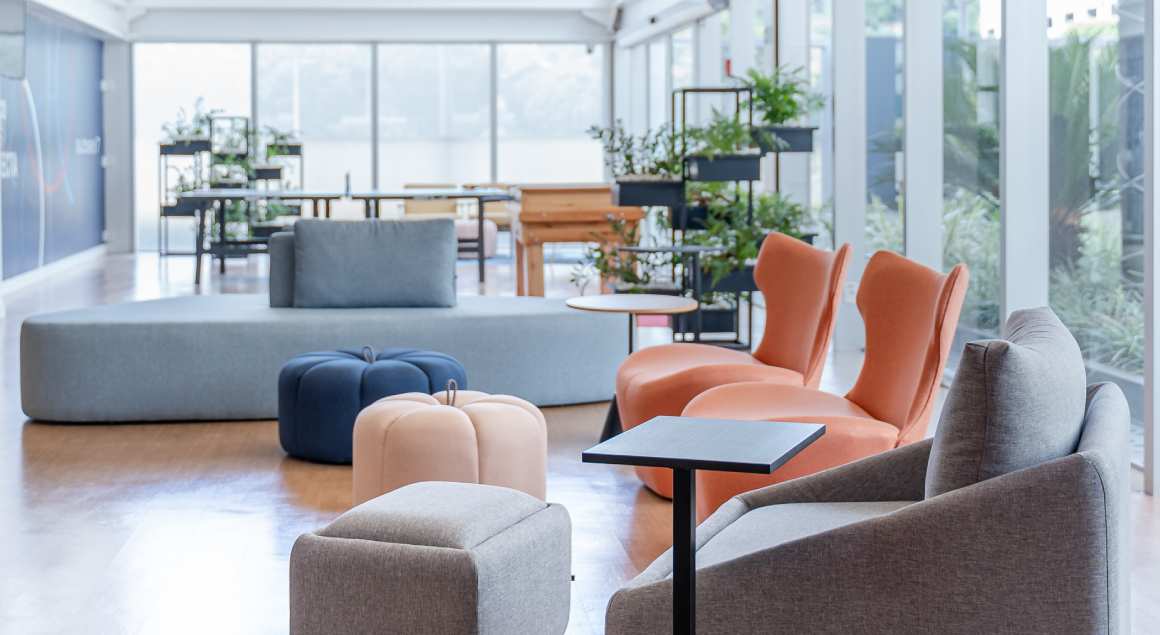
The occupation of corporate offices in the hybrid model, combined with collaborative spaces, profoundly transforms the business environment. This new paradigm allows greater employee flexibility, optimizes companies’ operating costs, and promotes a dynamic and adaptable work environment.
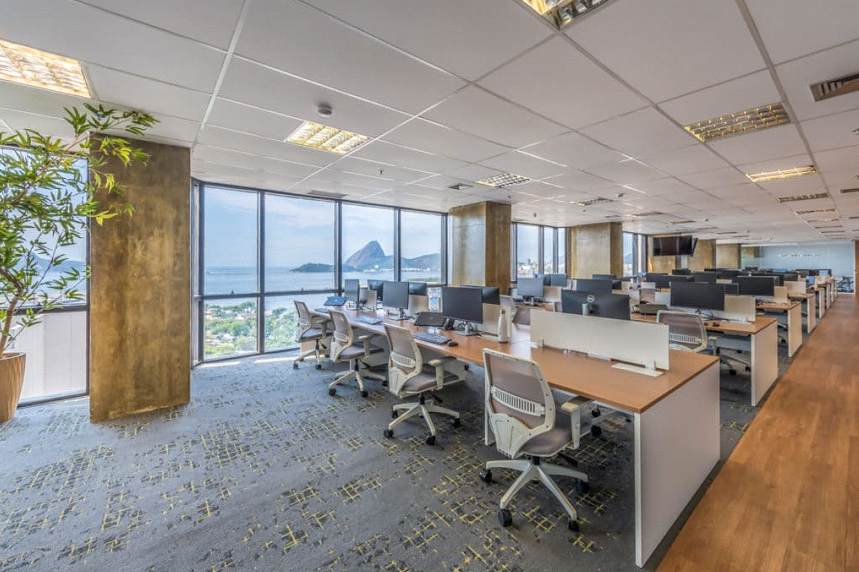
Explore the three essential pillars of Corporate Architecture: strategic alignment, inspiring office design, and efficient organizational structure. Discover how these interconnected elements shape success and innovation in modern businesses.

Corporate Architecture and the impact of colors: Discover how to transform workspaces with innovative design and inspiring palettes.
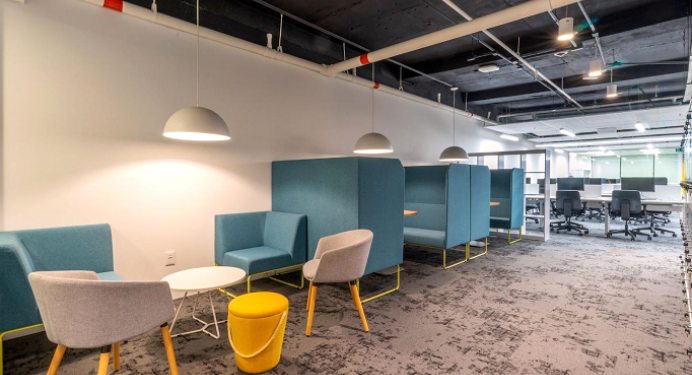
Discover how innovation in corporate redesign is transforming workspaces, promoting more dynamic, collaborative environments adapted to the future needs of companies and their employees
